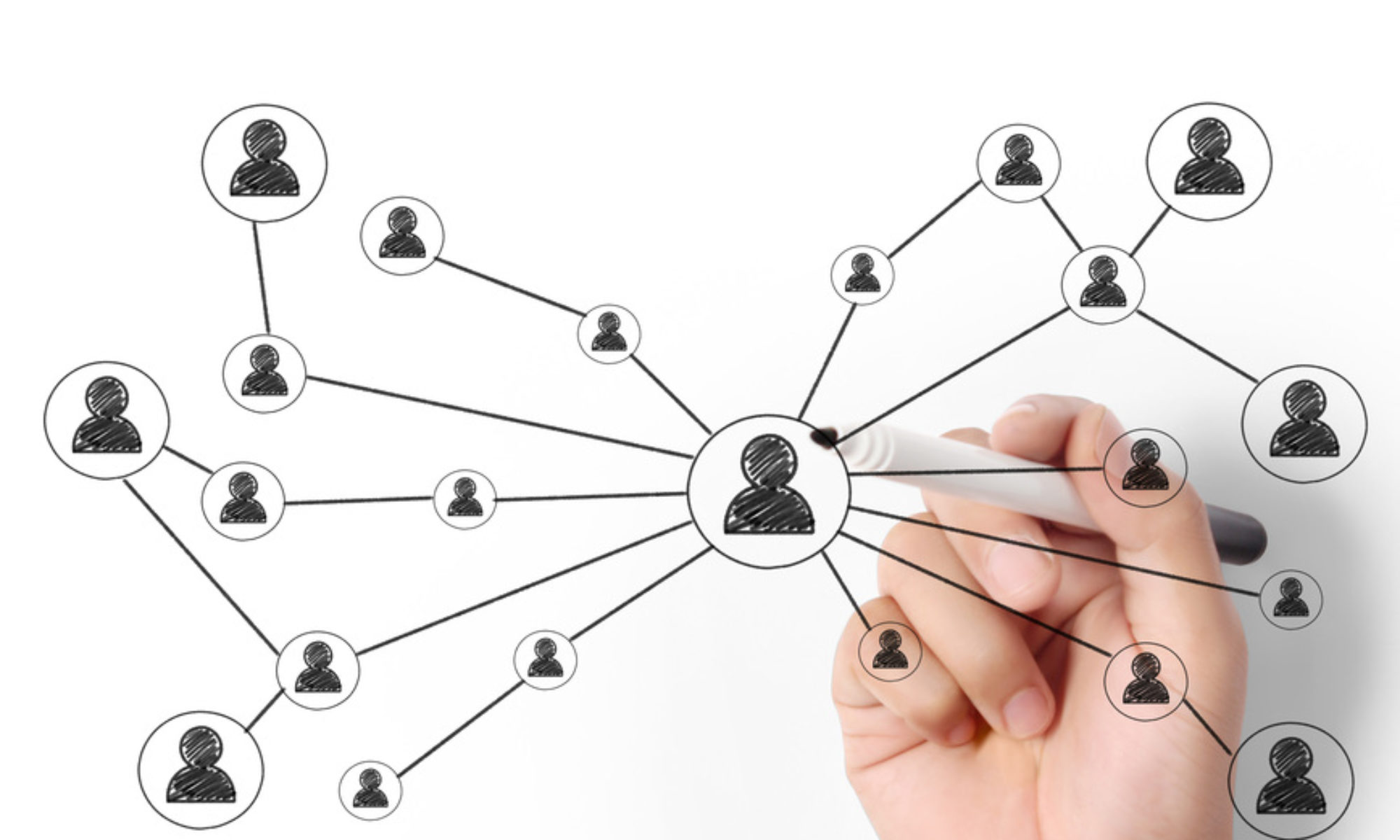Three tiers of subjects were recruited for the NetHealth Study. Students eligible for the study were first-year undergraduates entering the University of Notre Dame in the Fall of 2015.
- Tier 1 was recruited during the Summer of 2015, prior to students arriving at Notre Dame but after acceptance. 479 students registered for the study, of which 394 entered the study after completing consent forms and an initial survey. Most of these students were sent Fitbits via mail to their home addresses and began using them prior to arrival on campus.
- Tier 2 was recruited during the Fall 2015 semester from referrals from Tier 1 students. 94 students were added to the study.
- Tier 3 was recruited during the Spring 2016 semester from an open call to all first year students. An additional 210 students were added.
Table 1: Attrition Counts provides information on attrition. The total number of students who were in the study during the 2015-2016 academic year is 698. 686 were still in the study at the beginning of the Fall 2016 semester. We monitored compliance rates both with taking surveys and syncing data to our servers, and, during the AY 2016-2017 (Year 2 of the study), around 190 students left the study because of low compliance scores. The study was only supposed to last two years, but we had funds to continue the study with a limited set of subjects, so we asked participants who were fairly compliant if they wanted to stay in the study. As a result of this culling we began year 3 with around 435 students, though an additional 67 dropped out of the study in the Fall 2017 semester as their compliance scores were low. After Year 3, 115 additional students left the study prior to Year 4 because of low compliance.
Study participants were compensated. All subjects received $50 after enrolling in the study and completing surveys. Each month subjects received up to $40 based on their compliance scores computed by taking into account information on whether a person wore their Fitbit and synced their smartphones so that we obtained communication data. Subjects also received $5 for completing each survey.
